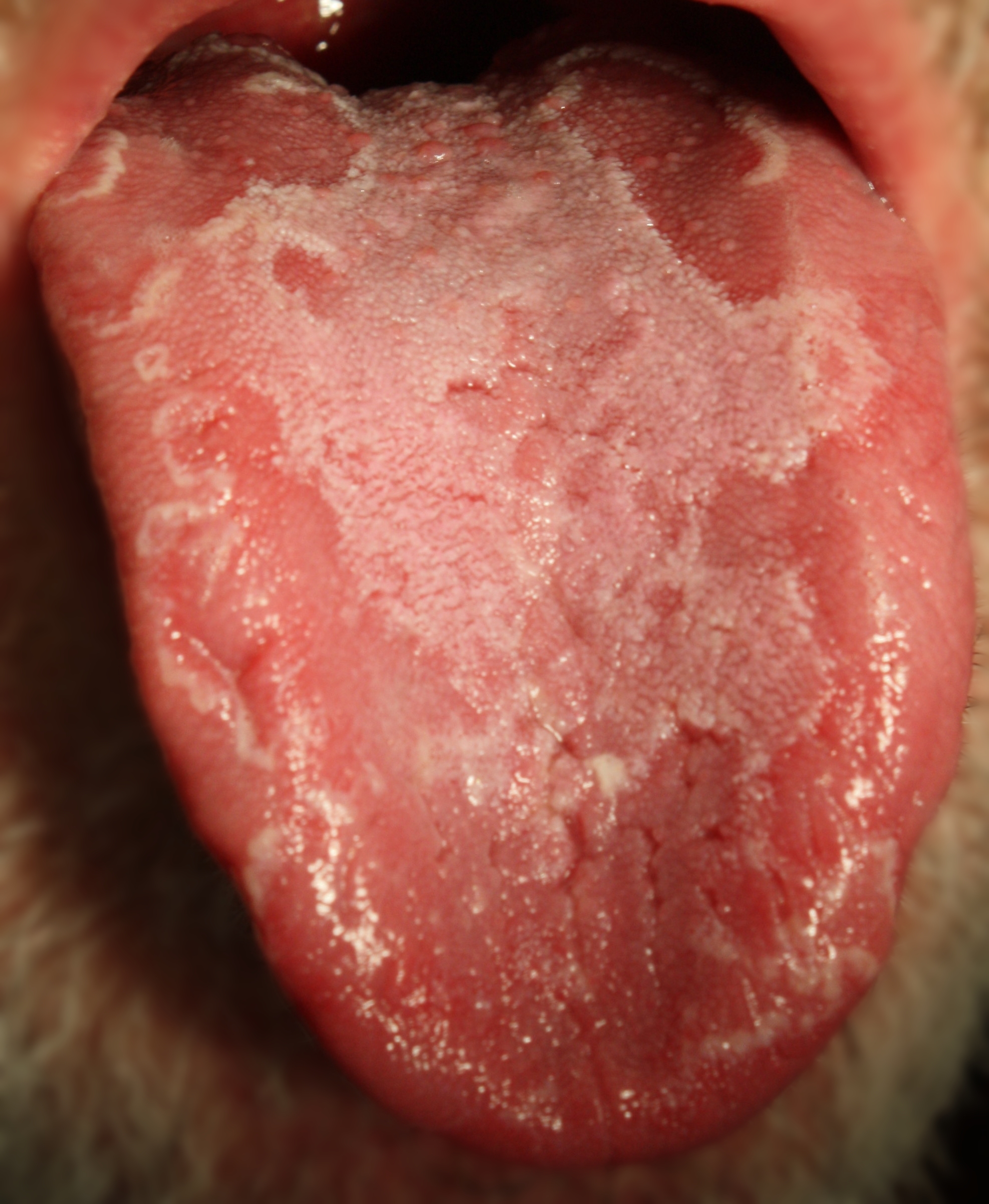Every once in awhile I receive an overwhelming number of excellent finds from the Twelve Mile Circle community. Last time I called the collection “Reader Mailbag.” I simply tacked the number 2 onto that older title in a nod to my lack of creativity for the current installment. To be considered for the Reader Mailbag an item has to be unknown to me previously and it has to be able to stand on its own. Actually the bar wasn’t that high — as you will see soon enough with some of them, well, one in particular — so keep your suggestions heading towards me because I love getting them. Maybe you’ll become a 12MC star!
I might add a little commentary to add context. However, all credit should go to the site’s loyal contributors with my sincere appreciation.
Consecutive Highway Numbering
First I heard from “Glenn” who recounted an unusual numerical arrangement along a sequence of roads he took recently in and around St. Louis, Missouri. He drove in progression numerically: Interstate 70 –> Interstate 170 –> Interstate 270 –> Missouri Route 370. Glenn didn’t stop there, however. He then tried to determine the longest numerically progressing route anywhere.

I’ll shamelessly steal Glenn’s findings verbatim because I couldn’t find any better way to portray it.
US-1: Van Buren, Maine at the Canadian border, to Houlton, ME (77 miles)
US-2: Houlton, ME to Lancaster, NH (300 miles)
US-3: Lancaster, NH to Boscawen, NH (113 miles)
US-4: Boscawen, NH to White River Junction, NH (56 miles)
US-5: WRJ to Hartford, CT (155 miles)
US-6: Hartford to near Danbury, CT (60 miles)
US-7: Danbury to Norwalk, CT (23 miles)
That comprised an astounding seven consecutively-numbered roads stretching almost 800 miles! I invite anyone to improve upon that result. Well sure, someone could start with Route 1 in Key West, take that up to Van Buren, Maine and follow the rest of the sequence. Let’s try to be a little more original though. I’d be more impressed with the greatest number of consecutive roads (something more than seven) rather than the total distance covered.
Another United States Practical Exclave
Goodness knows I’ve explored all manner of oddities along the border between Canada and the United States (e.g., Canada-USA Border Segment Extremes) as well as any number of practical exlaves (e.g., Practical Exclaves of Andorra). I thought I’d plumbed the depths of both topics a long time ago, and yet apparently there’s always something more to be found. Someone could probably write a blog with nothing but oddities along the border between Canada and the United States.
Check what “Gerard” found on Lake Metigoshe on the border between North Dakota and Manitoba. Indeed, it appeared that the backyards of several Canadian citizens included boat docks on the U.S. side of the border. I checked this anomaly on several mapping sites and it appeared to be accurate, not just another Google Maps error.
I’m not even sure how this would work in practicality. The border seemed downright porous at that point. Here was a sizable community without any border controls whatsoever? Did the residents have to notify the U.S. Department of Homeland Security’s Customs and Border Protection every time they wanted to walk to the back of their yard and use their boats? Did they have to pay taxes to North Dakota each year for the sliver of property they owned there? So many questions came to mind.
Geographic Tongue

I’m fine with weird somewhat tangentially-related topics. Reader “Jonathan” brought a medical condition to my attention called Geographic Tongue. Don’t worry, it won’t kill anyone. The Mayo Clinic described it thus:
“Geographic tongue is a harmless condition affecting the surface of your tongue. The tongue is normally covered with tiny, pinkish-white bumps (papillae), which are actually short, fine, hair-like projections. With geographic tongue, patches on the surface of the tongue are missing papillae and appear as smooth, red ‘islands,’ often with slightly raised borders. These patches (lesions) give the tongue a map-like, or geographic, appearance.”
A more scientific name was Benign Migratory Glossitis. Feel free to drop that into your next cocktail party conversation and get some tongues wagging. Several versions of the Rolling Stones logo appeared to suffer from Geographic Tongue. Maybe that explained something.
And Last…
There comes a time every once-in-awhile when Twelve Mile Circle feels it’s necessary to provide abundant advanced warning to readers who happen to have good taste and refined manners. This would be one of those times. The red lights are flashing. That’s why I saved this entry for last. Now might be an excellent opportunity to stop reading and move on to a different article because we’re about to have a Beavis and Butthead moment.
Courtesy of reader “John,” 12MC presents the stupendous Weiner Cuttof Road in Weiner, Arkansas. Thirteen year old boys nationwide rejoiced.

Leave a Reply